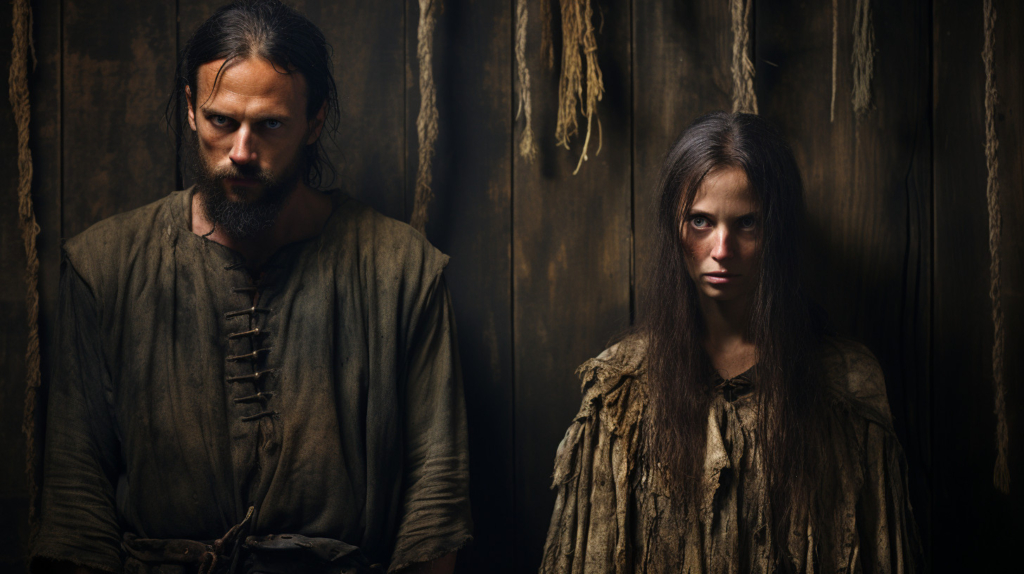Even though there had been cases with people being convicted of witchcraft in Scandinavia throughout the Middle Ages, the hysteria didn’t reach the north until the 16th century. It started in Denmark, probably due to its closer contact with continental Europe.
One of the first well documented witch trials during this period happened in 1543. The Danish fleet had been prevented to sail due to calm weather, and the king – Christian III – had to blame someone for this bad luck. And who better to blame than witches?
The authorities searched for the culprits for a few months, and finally a woman named Gyde Spandemager was blamed. During torture, she confessed to have bewitched the ships and named other people who helped her. More arrests were made, but Gyde was judged to have been the main culprit and was burned at the stake. Burning witches alive were far more common in Denmark than the rest of the Nordic countries.

This was not the last time the Danish authorities would blame maritime disasters on witches. In 1566, during the Nordic Seven Years War, a Danish fleet sunk during a storm outside Gotland. Thousands of soldiers died. Once again – it was obviously the fault of witches. A woman who had housed one of the drowned admirals was arrested and during torture she confessed to have conjured up the storm. She named more witches who had participated. Unfortunately, we dont know her name, but she too was burned at the stake.
In 1617 a new legal paragraph about witchcraft was introduced in Danish law. It divided witchcraft into two categories – one, less serious, where the culprit had used sorcery without being in league with Satan, and to which the punishment was exile. The other, more serious offence was when the withes had made an alliance with the Devil. The punishment for this was death.
This led to an intensified witch hunt, and of course, more accusations of witches consorting with Satan.

The most common accusations against the women – and, to a lesser degree, men – who were suspected of witchcraft was that they hurt other people, livestock or property using sorcery. From there, it usually snowballed into accusations – and confessions during torture – of consorting with Satan. The victim would confess to ride or fly on animals to some specific place where the Devil had a black sabbath, where they had sex with him. More and more, the accusations, trials and torture all became sexualised.
With time, children became more involved in the trials as well, and accused adults to have taken them to these meetings. 60-year-old Karen Roed in Ribe had her own granddaughter accusing her of bringing her to one. At first, Karen refused to even answer the accusations, but after torture, she confessed, indicated a dozen other people – and was executed.
In the next post we’ll examine the Witch Trials in Norway, which was part of the Danish kingdom at the time, but had some different approach to the witch hunt.
Sources:
Harrisson, Dick. Häxprocesserna
Harrison, Dick. Ondskans tid

